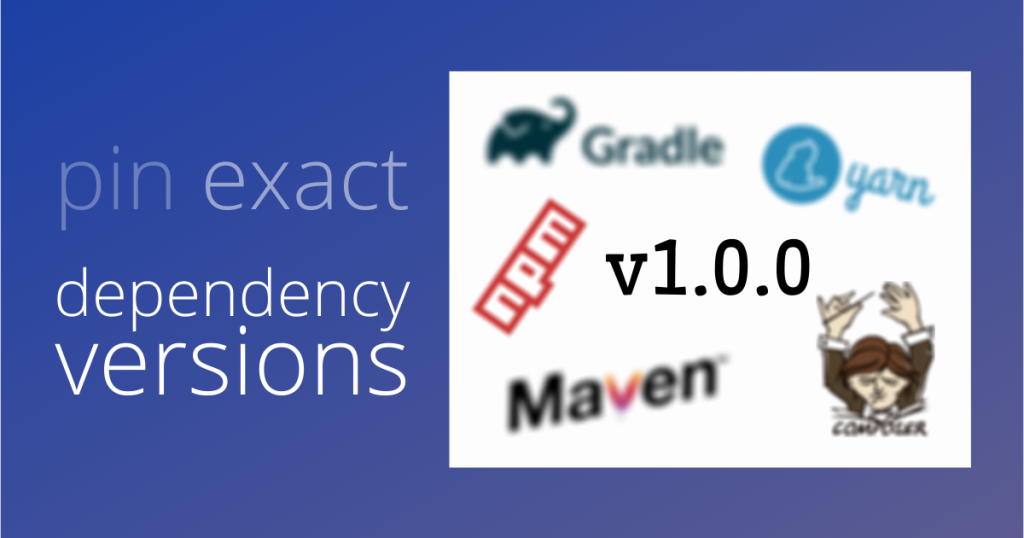
The world of dependency management tools continues to evolve in 2024, offering increasingly sophisticated solutions for handling the complex web of dependencies in modern software development. Following is a breakdown of the key players and trends:
Top Dependency Management Tools:
- npm: The dominant force in the JavaScript ecosystem, npm offers a vast registry, version control, and robust security features.
- yarn: Another popular JavaScript option, yarn boasts faster installations, offline capabilities, and improved dependency resolution.
- NuGet: Specifically designed for .NET development, NuGet provides secure package management and discovery for .NET libraries.
- Maven: A widely used tool for Java projects, Maven excels in handling complex dependencies and build processes.
- Gradle: Another popular choice for Java, Gradle offers flexibility, multi-language support, and advanced build automation capabilities.
- Bundler: Primarily used for Ruby projects, Bundler effectively manages gem dependencies and simplifies their management.
- Pip: The go-to option for Python development, pip facilitates package installation, dependency resolution, and virtual environment management.
- Poetry: An emerging Python contender, Poetry aims for simplicity and security, offering elegant dependency management and virtual environment handling.
Emerging Trends:
- Universal dependency management: Tools like Nx and Renovate are gaining traction, aiming to manage dependencies across multiple languages and ecosystems in a single platform.
- Security focus: Dependency management tools are integrating security features like vulnerability scanning and dependency verification to mitigate security risks.
- AI-powered insights: Some tools leverage AI to analyze dependency usage patterns, identify potential conflicts, and suggest optimal dependency versions.
- Integration with CI/CD pipelines: Seamless integration with CI/CD pipelines ensures efficient dependency management throughout the development process.
Selecting the best tool depends on your specific needs and project characteristics. Consider these factors:
- Technology stack: Choose a tool that aligns with your primary programming language and ecosystem.
- Project size and complexity: For large, multi-language projects, universal tools or language-specific tools with advanced features might be necessary.
- Security requirements: Prioritize tools with robust security features, especially if handling sensitive data or applications.
- Integration needs: Ensure compatibility with your existing development and deployment tools.
Always keep in mind, the landscape of dependency management tools is constantly evolving. Stay informed about the latest developments and advancements to choose the solution that best fits your project’s needs and ensures efficient and secure software development.
Say goodbye to the hassles of bike ownership! MotoShare.in offers affordable rentals, whether you need a scooter for errands, a bike for a road trip, or a reliable ride to explore new cities.

 Starting: 1st of Every Month
Starting: 1st of Every Month  +91 8409492687
+91 8409492687  Contact@DevOpsSchool.com
Contact@DevOpsSchool.com
